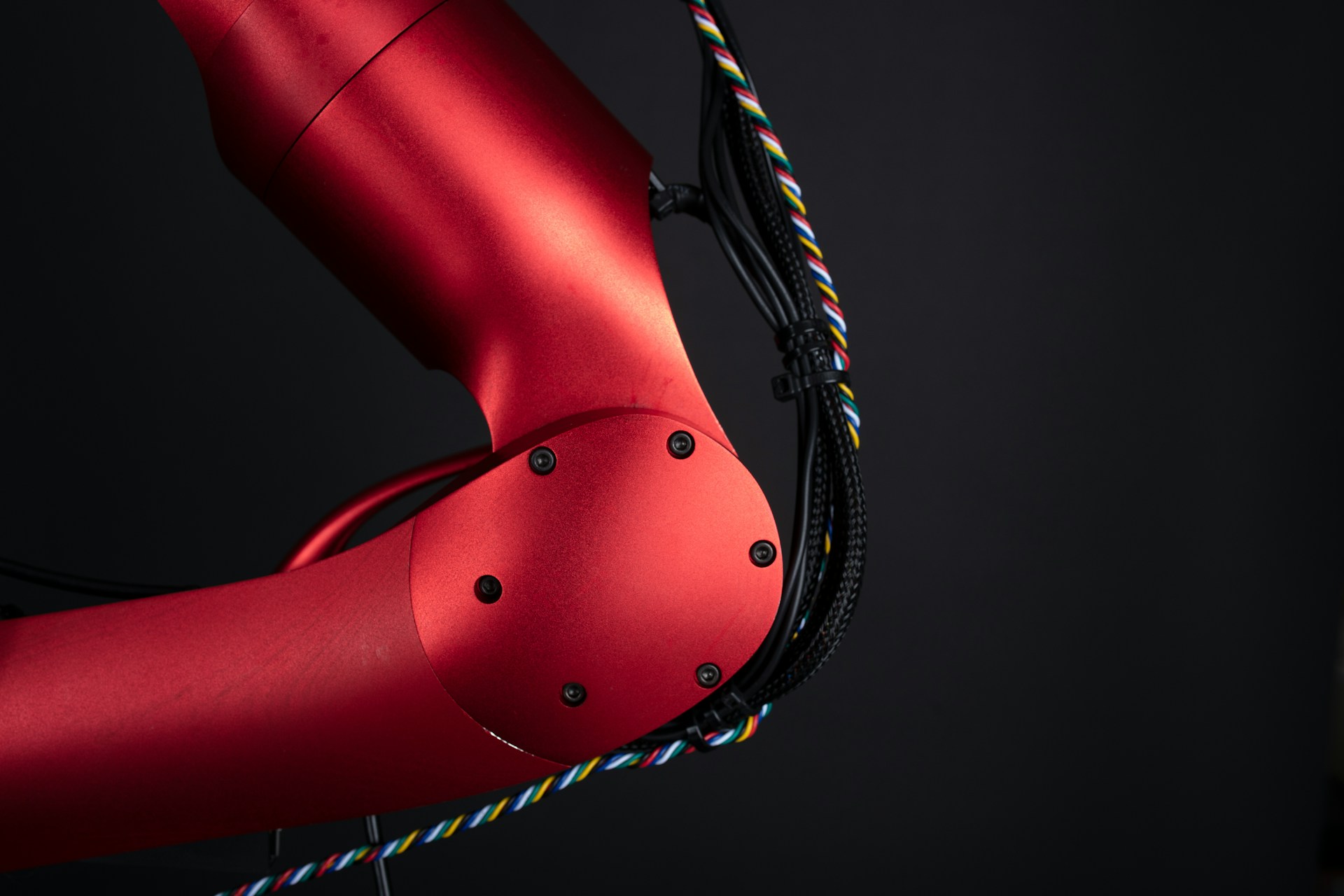In a breakthrough for robotics and automation, researchers at TU Wien (Vienna University of Technology) have developed a cleaning robot capable of learning complex tasks by observing humans. Created in partnership with Wiener Linien, the company’s cleaning technology specialists, the project represents a leap forward in robotic autonomy and adaptability for real world environments for practical application in such industries as healthcare and public transportation through “imitation learning.”
The robot’s clean washbasin autonomously is more than a demonstration of how to engineer, it is a hint of what our robotic assistants one day may be capable of. Typically, traditional robotics only run based on meticulously programmed actions thus they typically fail when there are variables such as different shapes or surfaces. But this robot is able to learn and replicate human movements without preprogrammed instructions for every variation of the movement, using a method called ‘learning by imitation.’
How Does Imitation Learning Work?
The project on which the work is based is the use of force sensors and tracking markers as it stands to equip a sponge with sensors and markers to capture the subtle details of human cleaning movement in this specific instance. This sensor data lets the robot not only learn what motions need to be made but also when, how hard, at what angle, and in what pattern. Through repeated demonstrations, the robot ‘learns’ how to adapt these techniques to new surfaces, so it can handle any given sink or other fixture with a different design or texture.
“The goal was to develop a system that can learn by imitation without us having to program every single step,”
explains Markus Vincze, a lead researcher on the project at TU Wien, as quoted in Interesting Engineering.
“Instead of coding every possible motion, we can show the robot a few examples, and it can generalise these for use across a range of situations.”
This method not only saves time but also enables robots to adapt to settings that are unpredictable or ever-changing; a significant improvement over traditional automation techniques.
“We generate a large amount of data from just a few demonstrations, which is then processed to help the robot understand what proper cleaning entails,”
explains Christian Hartl-Nesic. Head of the Industrial Robotics group in Andreas Kugi’s team.
Why Focus on Cleaning Tasks?
The focus on cleaning tasks, particularly in public and hygiene-sensitive environments, addresses a crucial demand for consistent cleanliness and efficiency. Organisations like Wiener Linien recognise the potential impact of such technology.
“Automation in cleaning can drastically improve efficiency, especially in public transport environments where hygiene is paramount,”
remarked a Wiener Linien spokesperson.
A Step Towards Versatile Robotic Assistants
This is especially notable in terms of the adaptability of this robot, as not only will it be useful for cleaning, but with further application it could be useful in a number of other different fields. Similar robotic systems in the future may be able to learn through observation and handle a range of repetitive or precision tasks, including handling tools in manufacturing or assisting healthcare workers with routine tasks, taking load off human hands in load intensive situations. The technology could be adapted to various fields requiring adaptable yet precise automation, enabling machines to seamlessly integrate with human workers.
Recognition at IROS 2024
Recently, this research was presented at the premier International Conference on Intelligent Robots and Systems (IROS) in Abu Dhabi where it won Best Application Paper. The recognition of the project paves the way to a wealth of future development, including in fields where automation is commonplace but where variability has historically stymied their use, particularly in the task domain.

Hassan graduated with a Master’s degree in Chemical Engineering from the University of Chester (UK). He currently works as a design engineering consultant for one of the largest engineering firms in the world along with being an associate member of the Institute of Chemical Engineers (IChemE).



